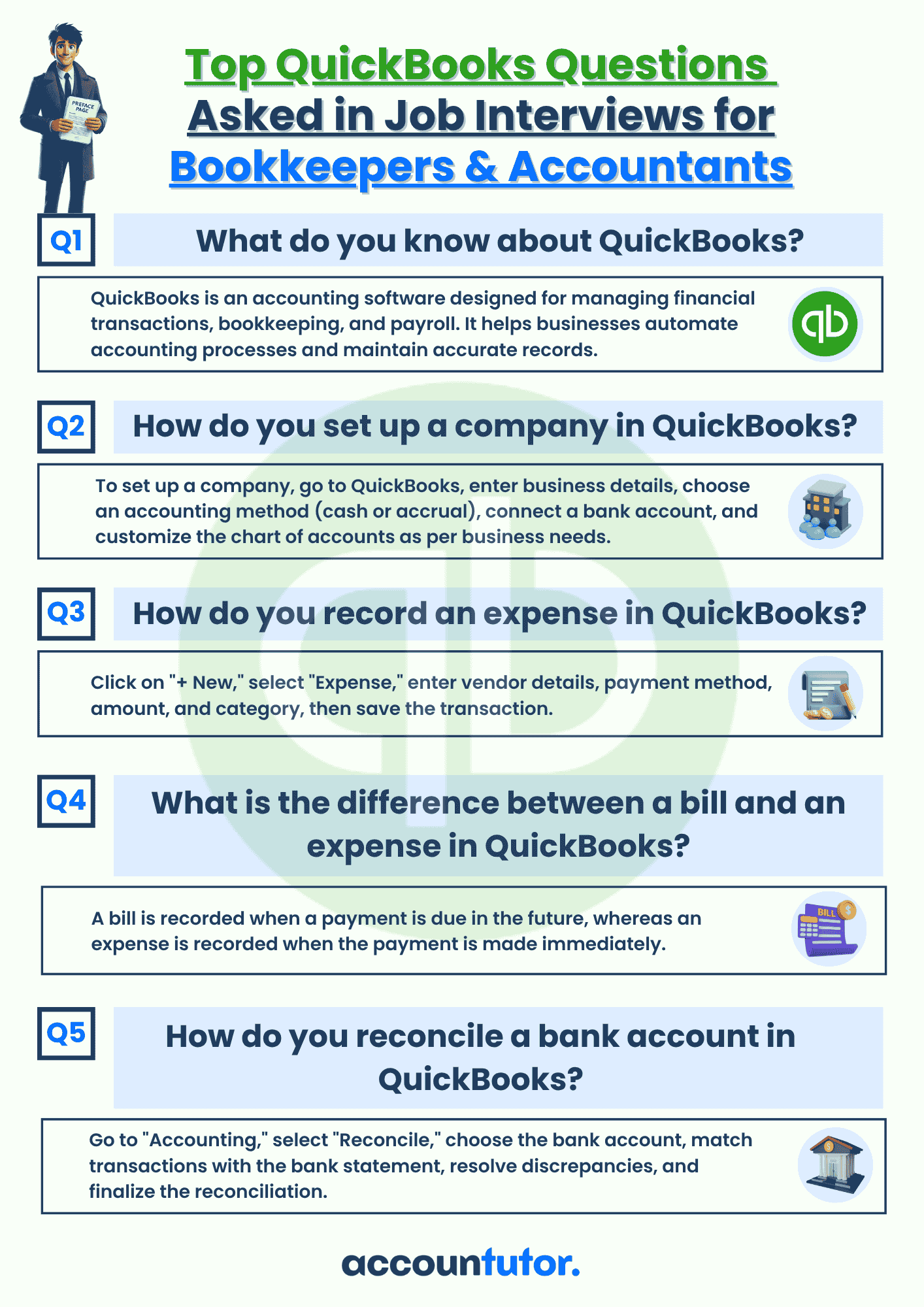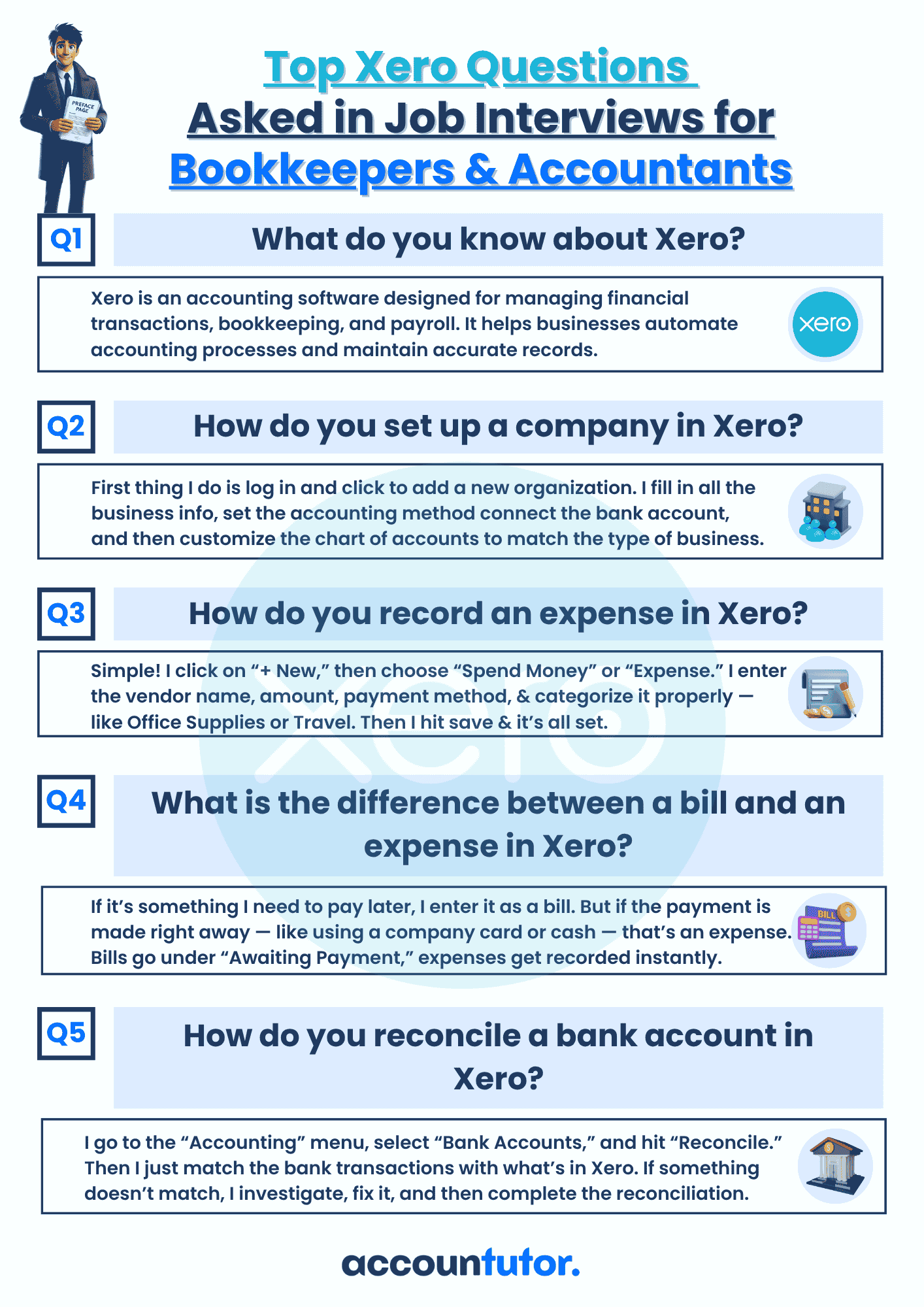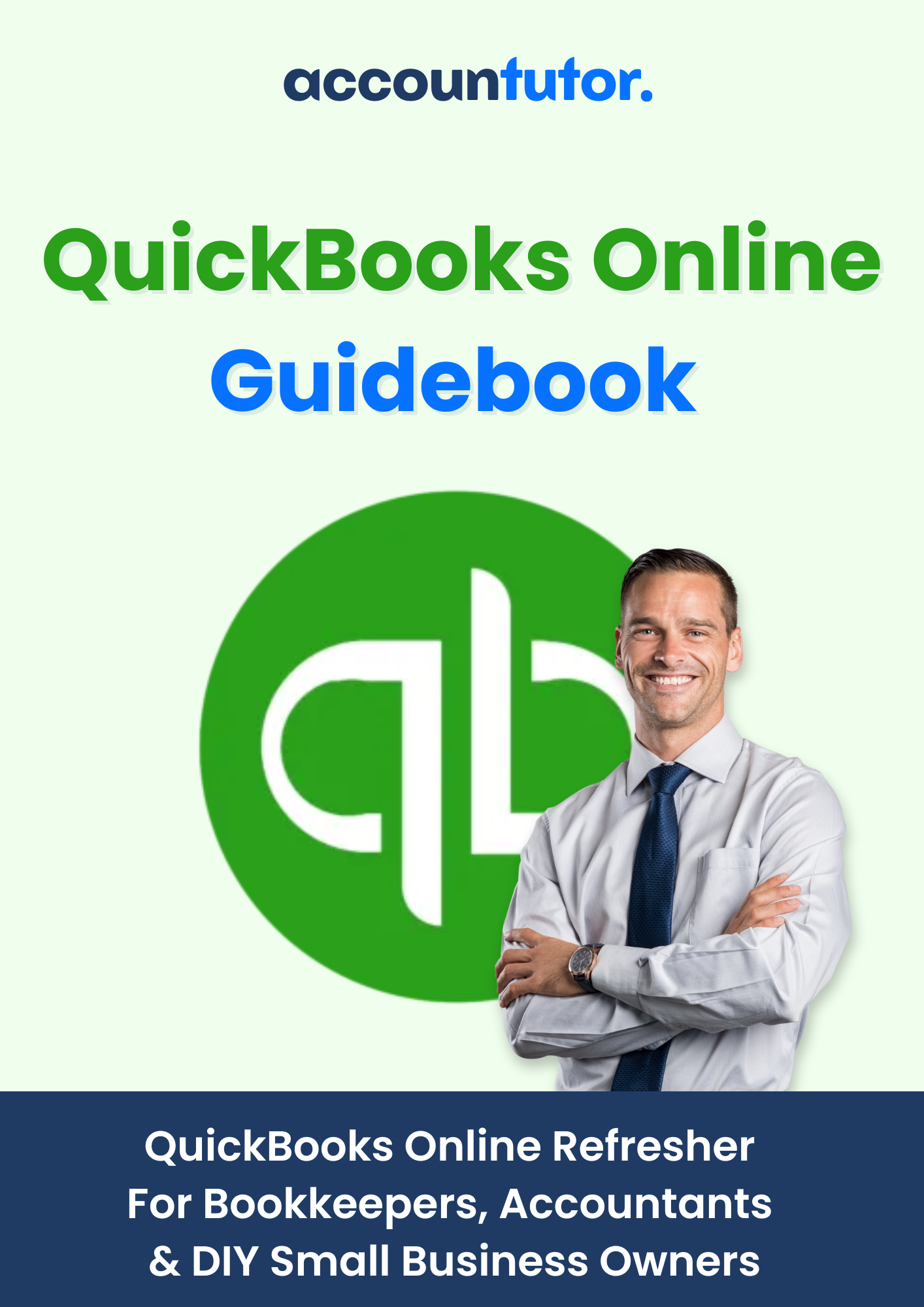Understanding the Chart of Accounts
-
What is Chart of Accounts?
-
Categories in the Chart of Accounts
-
Why Is the Chart of Accounts Important?
-
A Simple Example
Understanding
the Chart of Accounts
“If bookkeeping is your toolbox, then the Chart of Accounts is the blueprint.”
1. What is Chart of Accounts?
When you record a transaction, you choose the right account from this list to make sure the entry is accurate and meaningful.
2. Categories in the Chart of Accounts
The Chart of Accounts is usually divided into five main types of accounts: assets, liabilities, equity, income (revenue), and expenses. Assets represent the things a business owns, such as cash, accounts receivable, or inventory. Liabilities are what the business owes to others, like loans payable or outstanding amounts to creditors. Equity reflects the owner’s stake in the business and includes accounts like owner’s capital and retained earnings. Income, or revenue, includes all the money the business earns from activities such as sales or providing services. Expenses refer to the costs a business incurs to operate, such as rent, utilities, and office supplies. Each of these categories can contain multiple sub-accounts, depending on the size and complexity of the business, allowing for more detailed tracking and reporting.
3. Why Is the Chart of Accounts Important?
4. A Simple Example
Key Takeaways
✅ It is divided into five main categories: assets, liabilities, equity, income, and expenses.
✅ Each account is usually given a number and a name for easy tracking.
✅ The COA keeps financial records organized and makes reporting easier.
✅ It’s the foundation of a solid bookkeeping system—every entry starts with choosing the right account.
Access all Accounting and Bookkeeping Courses from One Portal.
Mastering Bookkeeping and Accounting
QuickBooks Online For Bookkeepers
Xero Accounting For Bookkeepers
ChatGpt for Bookkeepers and Accountants
Subscribe to our newsletter
Policy Pages
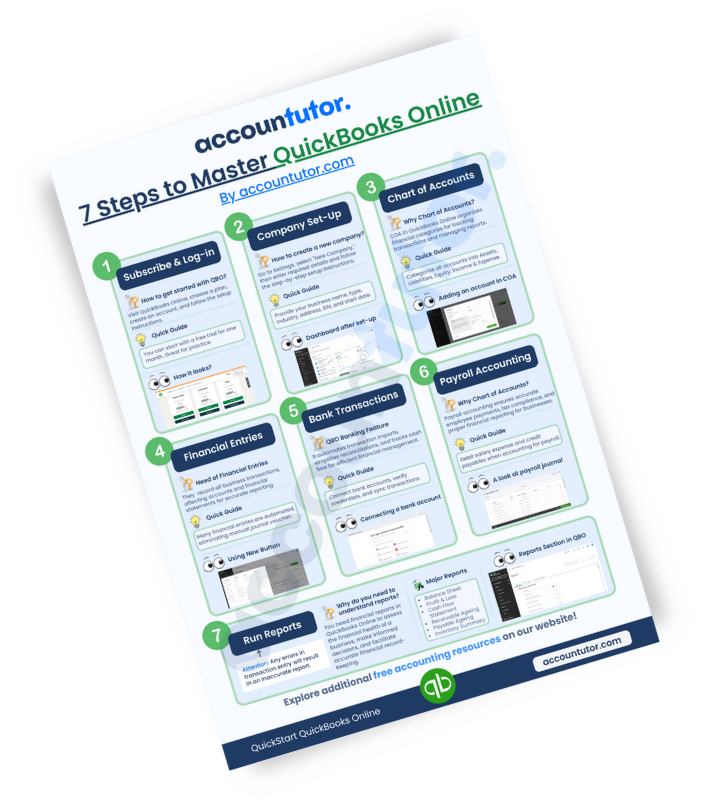
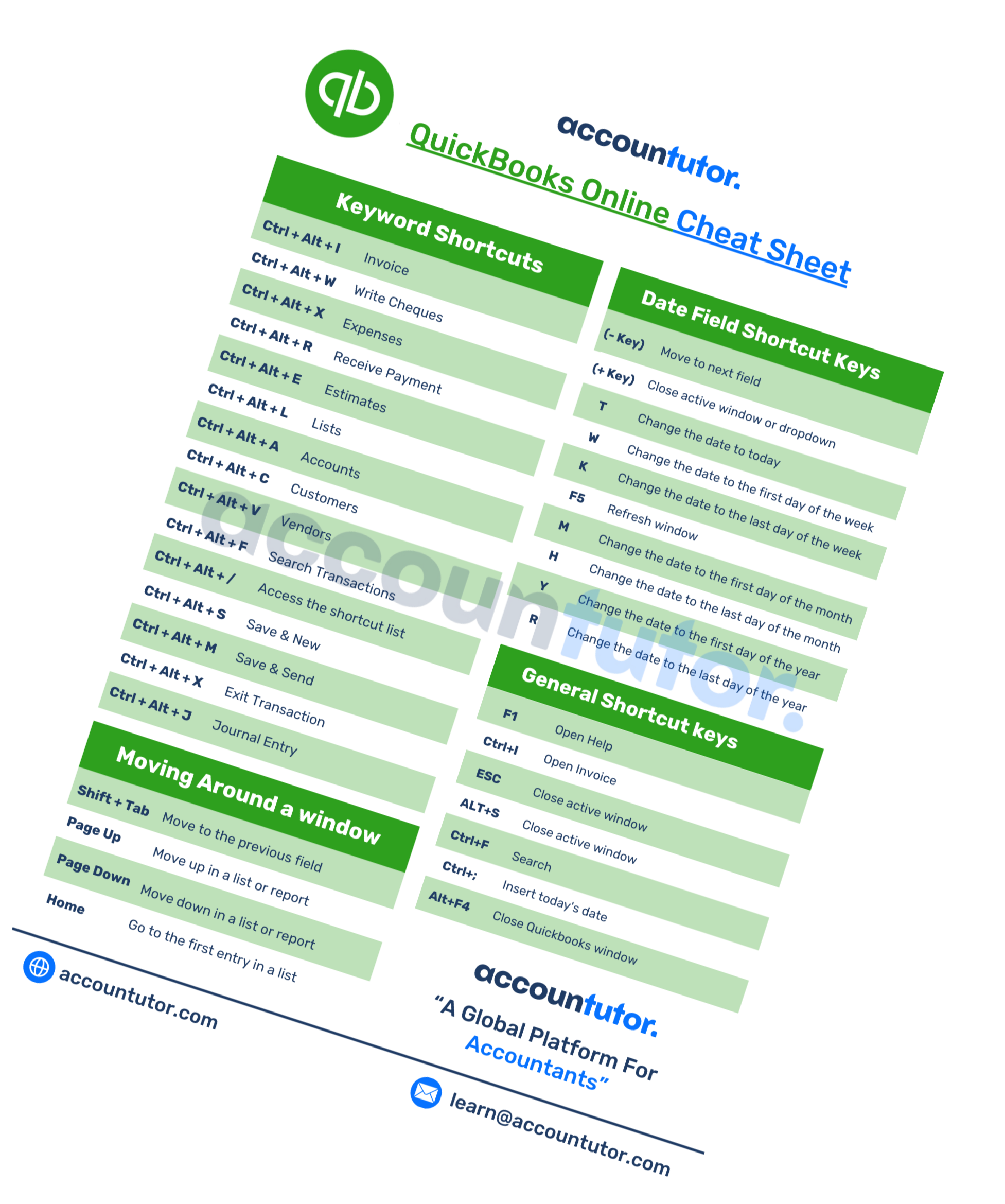
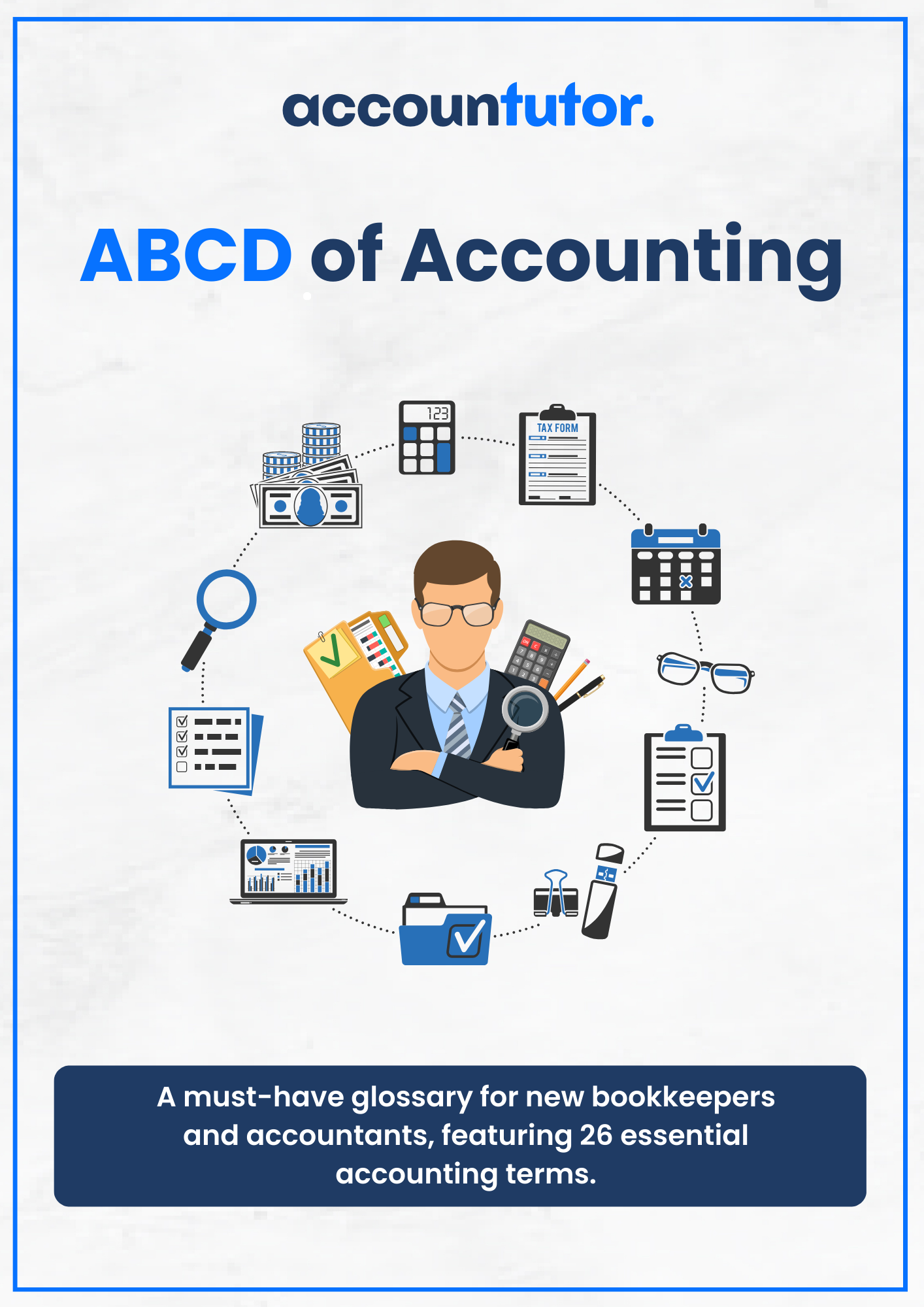
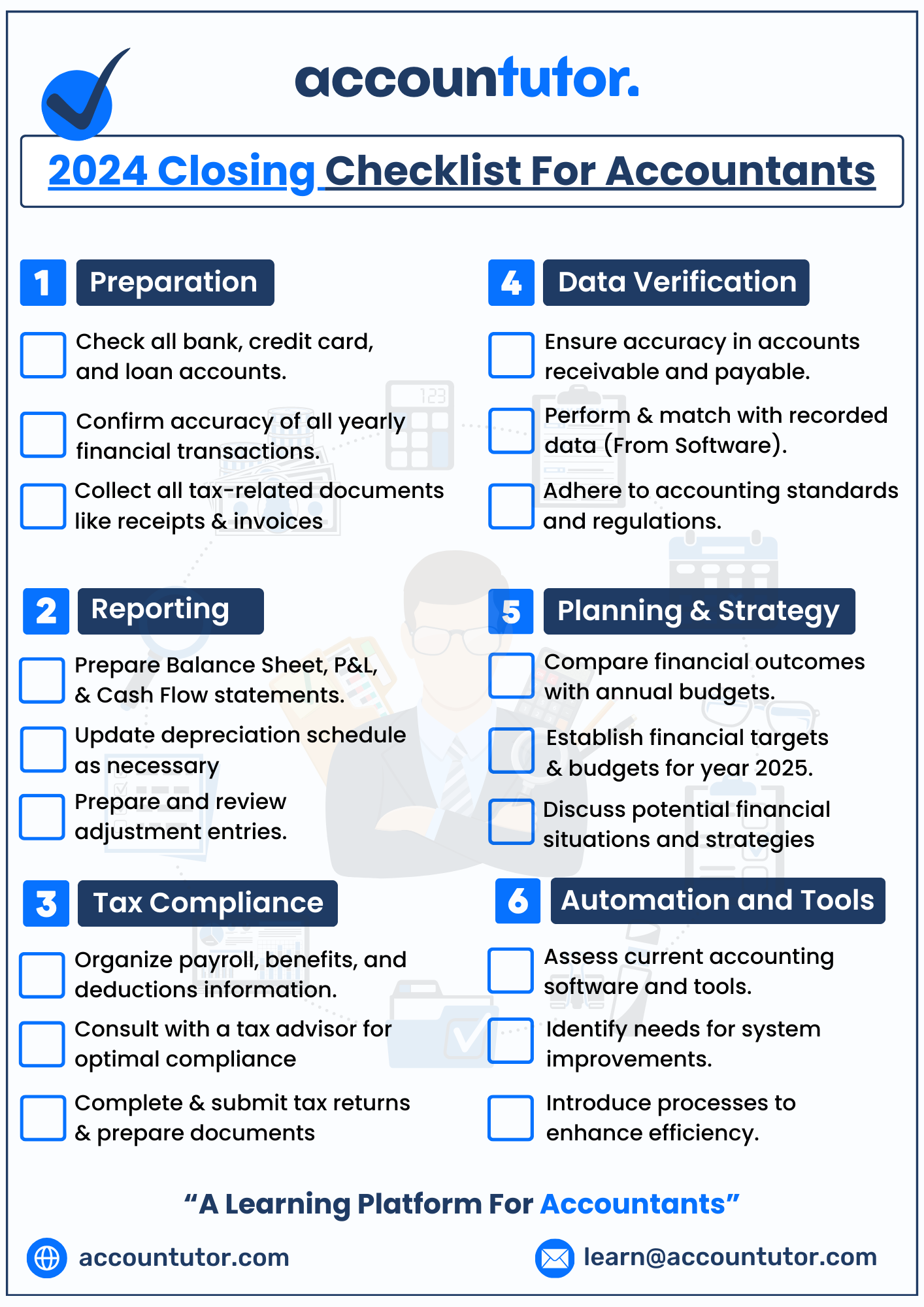
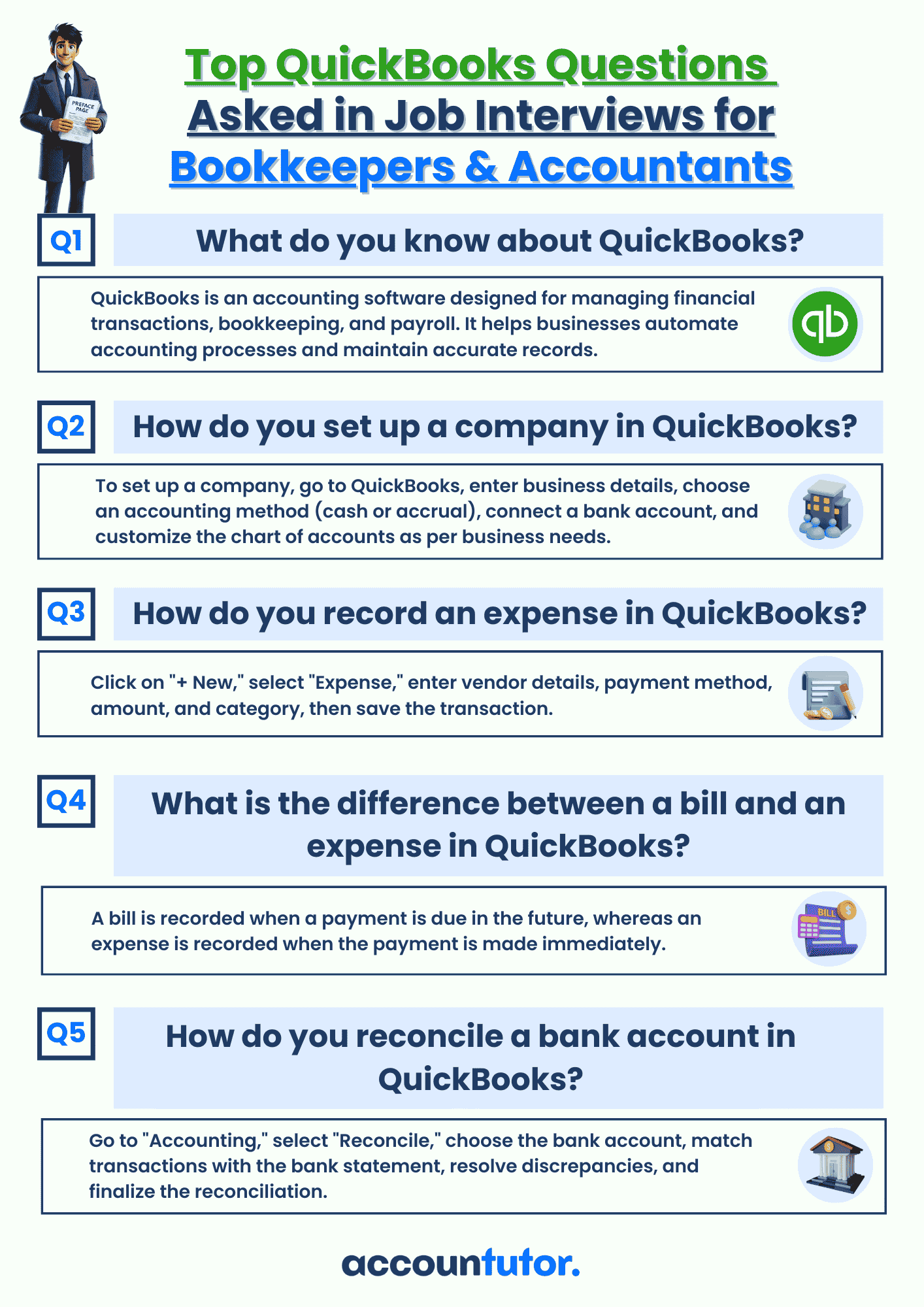
Register for this webinar: How to Master QuickBooks Online— Without Feeling Overwhelmed
